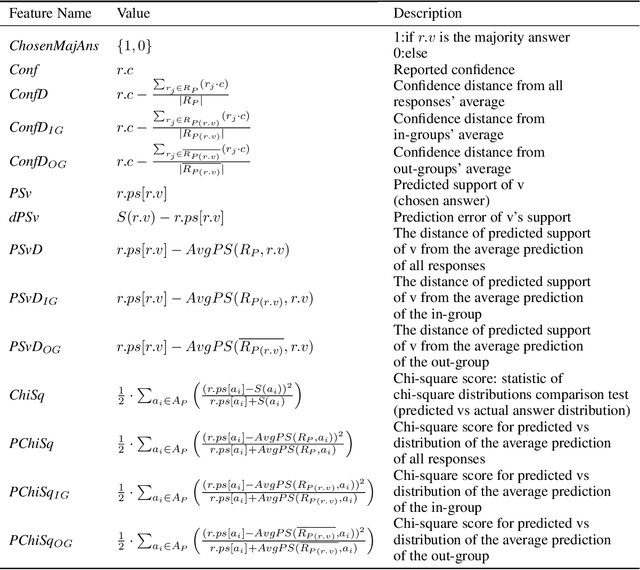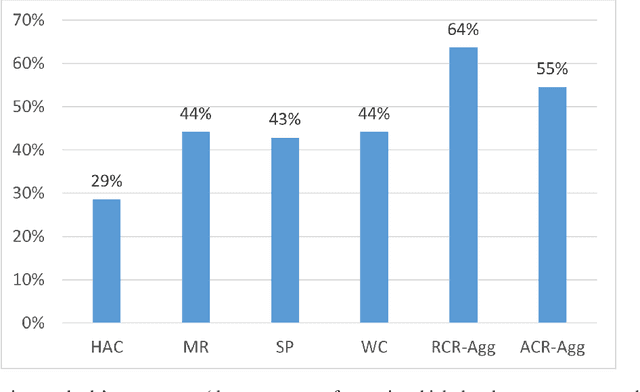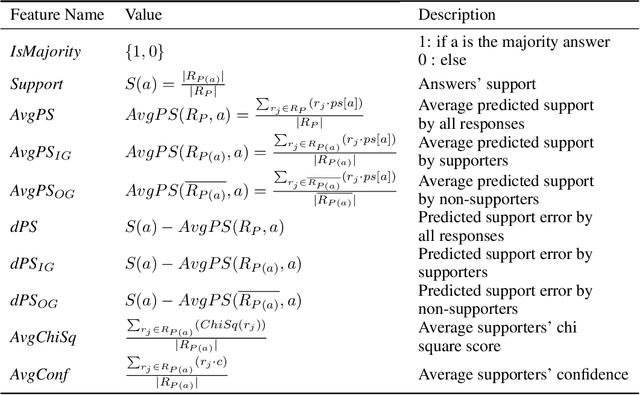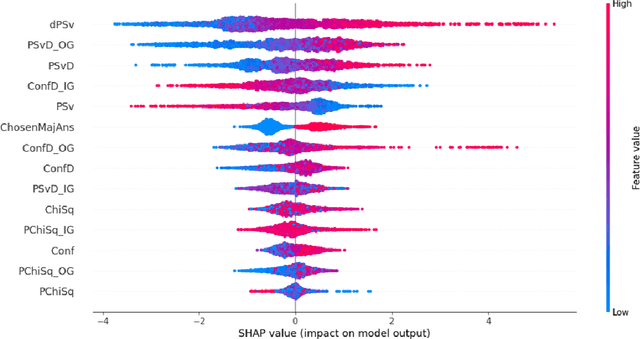Dan Avraham
CADeSH: Collaborative Anomaly Detection for Smart Homes
Mar 02, 2023Abstract:Although home IoT (Internet of Things) devices are typically plain and task oriented, the context of their daily use may affect their traffic patterns. For this reason, anomaly-based intrusion detection systems tend to suffer from a high false positive rate (FPR). To overcome this, we propose a two-step collaborative anomaly detection method which first uses an autoencoder to differentiate frequent (`benign') and infrequent (possibly `malicious') traffic flows. Clustering is then used to analyze only the infrequent flows and classify them as either known ('rare yet benign') or unknown (`malicious'). Our method is collaborative, in that (1) normal behaviors are characterized more robustly, as they take into account a variety of user interactions and network topologies, and (2) several features are computed based on a pool of identical devices rather than just the inspected device. We evaluated our method empirically, using 21 days of real-world traffic data that emanated from eight identical IoT devices deployed on various networks, one of which was located in our controlled lab where we implemented two popular IoT-related cyber-attacks. Our collaborative anomaly detection method achieved a macro-average area under the precision-recall curve of 0.841, an F1 score of 0.929, and an FPR of only 0.014. These promising results were obtained by using labeled traffic data from our lab as the test set, while training the models on the traffic of devices deployed outside the lab, and thus demonstrate a high level of generalizability. In addition to its high generalizability and promising performance, our proposed method also offers benefits such as privacy preservation, resource savings, and model poisoning mitigation. On top of that, as a contribution to the scientific community, our novel dataset is available online.
Attacking Object Detector Using A Universal Targeted Label-Switch Patch
Nov 16, 2022Abstract:Adversarial attacks against deep learning-based object detectors (ODs) have been studied extensively in the past few years. These attacks cause the model to make incorrect predictions by placing a patch containing an adversarial pattern on the target object or anywhere within the frame. However, none of prior research proposed a misclassification attack on ODs, in which the patch is applied on the target object. In this study, we propose a novel, universal, targeted, label-switch attack against the state-of-the-art object detector, YOLO. In our attack, we use (i) a tailored projection function to enable the placement of the adversarial patch on multiple target objects in the image (e.g., cars), each of which may be located a different distance away from the camera or have a different view angle relative to the camera, and (ii) a unique loss function capable of changing the label of the attacked objects. The proposed universal patch, which is trained in the digital domain, is transferable to the physical domain. We performed an extensive evaluation using different types of object detectors, different video streams captured by different cameras, and various target classes, and evaluated different configurations of the adversarial patch in the physical domain.
Exploiting Meta-Cognitive Features for a Machine-Learning-Based One-Shot Group-Decision Aggregation
Jan 20, 2022



Abstract:The outcome of a collective decision-making process, such as crowdsourcing, often relies on the procedure through which the perspectives of its individual members are aggregated. Popular aggregation methods, such as the majority rule, often fail to produce the optimal result, especially in high-complexity tasks. Methods that rely on meta-cognitive information, such as confidence-based methods and the Surprisingly Popular Option, had shown an improvement in various tasks. However, there is still a significant number of cases with no optimal solution. Our aim is to exploit meta-cognitive information and to learn from it, for the purpose of enhancing the ability of the group to produce a correct answer. Specifically, we propose two different feature-representation approaches: (1) Response-Centered feature Representation (RCR), which focuses on the characteristics of the individual response instances, and (2) Answer-Centered feature Representation (ACR), which focuses on the characteristics of each of the potential answers. Using these two feature-representation approaches, we train Machine-Learning (ML) models, for the purpose of predicting the correctness of a response and of an answer. The trained models are used as the basis of an ML-based aggregation methodology that, contrary to other ML-based techniques, has the advantage of being a "one-shot" technique, independent from the crowd-specific composition and personal record, and adaptive to various types of situations. To evaluate our methodology, we collected 2490 responses for different tasks, which we used for feature engineering and for the training of ML models. We tested our feature-representation approaches through the performance of our proposed ML-based aggregation methods. The results show an increase of 20% to 35% in the success rate, compared to the use of standard rule-based aggregation methods.
Adversarial Machine Learning Threat Analysis in Open Radio Access Networks
Jan 16, 2022Abstract:The Open Radio Access Network (O-RAN) is a new, open, adaptive, and intelligent RAN architecture. Motivated by the success of artificial intelligence in other domains, O-RAN strives to leverage machine learning (ML) to automatically and efficiently manage network resources in diverse use cases such as traffic steering, quality of experience prediction, and anomaly detection. Unfortunately, ML-based systems are not free of vulnerabilities; specifically, they suffer from a special type of logical vulnerabilities that stem from the inherent limitations of the learning algorithms. To exploit these vulnerabilities, an adversary can utilize an attack technique referred to as adversarial machine learning (AML). These special type of attacks has already been demonstrated in recent researches. In this paper, we present a systematic AML threat analysis for the O-RAN. We start by reviewing relevant ML use cases and analyzing the different ML workflow deployment scenarios in O-RAN. Then, we define the threat model, identifying potential adversaries, enumerating their adversarial capabilities, and analyzing their main goals. Finally, we explore the various AML threats in the O-RAN and review a large number of attacks that can be performed to materialize these threats and demonstrate an AML attack on a traffic steering model.
 Add to Chrome
Add to Chrome Add to Firefox
Add to Firefox Add to Edge
Add to Edge